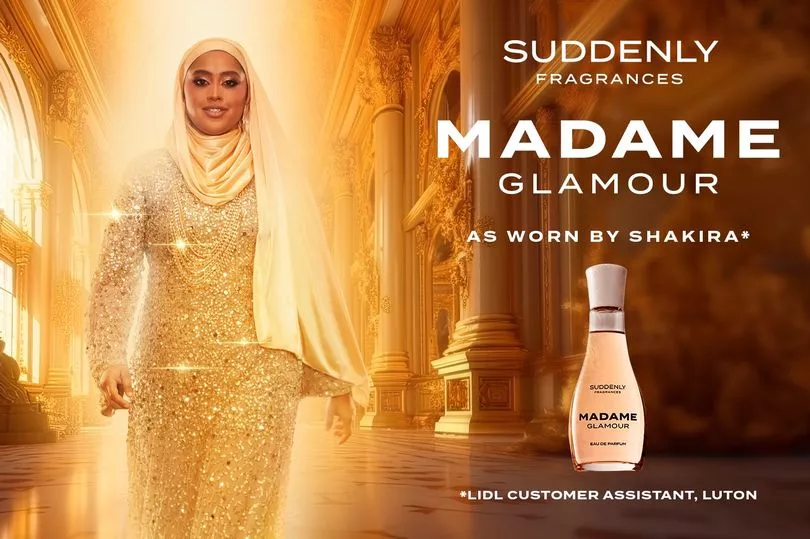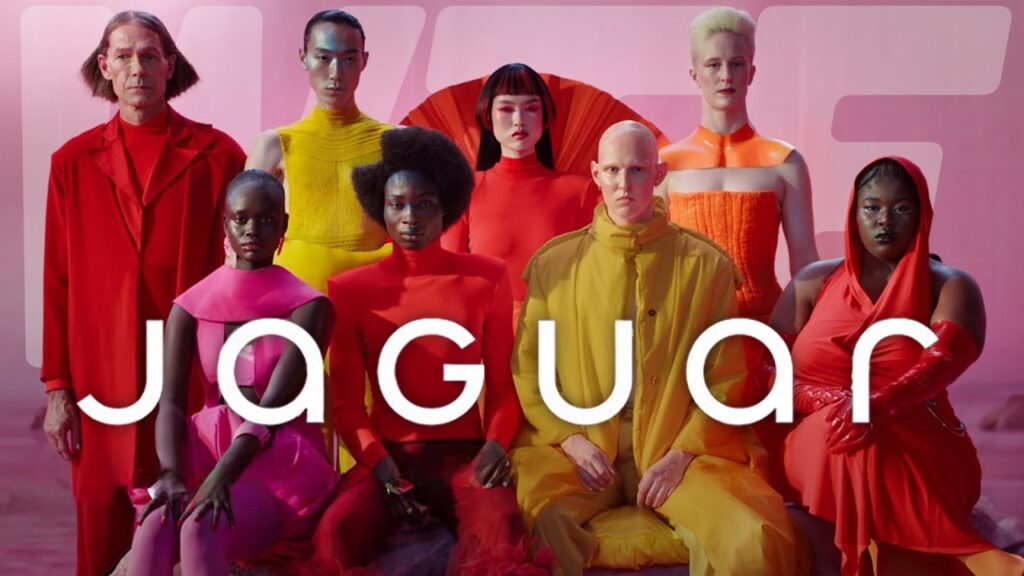What do you do when you’ve got a great idea but zero budget? Pack up and go home? Not a chance. Some of the best marketing campaigns in history didn’t rely on deep pockets, they relied on creativity, psychology, and a touch of boldness.
Let’s break down three legendary campaigns that didn’t need millions to make millions: IKEA’s Sleepover, Dove’s Real Beauty Sketches, and The ALS Ice Bucket Challenge. These campaigns didn’t just grab attention; they created movements, conversations, and brand loyalty that lasted far beyond the initial buzz.
1. IKEA’s Sleepover: Because Who Doesn’t Want to Crash in a Furniture Store?
Imagine this: You’re binge-watching a reality show, and suddenly, IKEA slides into the conversation, not because they placed an ad, but because they literally let people have a sleepover in their store. That’s exactly what happened in 2011 when IKEA UK turned a random Facebook request into marketing gold.
The Concept:
A Facebook group called “I Wanna Have a Sleepover in IKEA” had about 100,000 members. IKEA saw an opportunity, invited 100 lucky fans for a night of pillow fights and bedtime stories, and threw in a sleep expert for good measure.
The Experience:
Attendees got to choose their own mattress, explore the store after hours, and participate in various fun activities designed to make them feel at home. Some even walked away with freebies, adding to the excitement.
The Impact:
- Media outlets ran wild with the story, giving IKEA organic exposure far beyond what traditional ads could buy.
- Social media engagement skyrocketed, with countless tweets, posts, and shares keeping the brand top-of-mind.
- The campaign reinforced IKEA’s image as a playful, customer-friendly brand—without spending much more than the cost of some snacks and clean sheets.
Why It Worked:
- IKEA listened to its customers and acted on an existing trend.
- The event felt exclusive and experiential, making it inherently shareable.
- It leveraged organic engagement instead of paid promotion.
2. Dove’s Real Beauty Sketches: The Gut Punch That Made Millions Cry (and Buy)
Dove has long positioned itself as a champion of real beauty, but in 2013, they raised the bar. They brought in a forensic artist to sketch women based on their own descriptions, and then again based on how strangers described them. The result? The second sketch was almost always more flattering.
The Concept:
Women’s self-perception is often much harsher than how others see them. Dove turned that insecurity into a powerful emotional hook, proving their point in under three minutes.
The Emotional Impact:
The video showed women visibly moved by the contrast between how they viewed themselves and how others saw them. This raw emotional reaction struck a chord with millions, leading to widespread conversation about beauty standards and self-esteem.
The Impact:
- Over 50 million views within the first 12 days, making it one of the most viral ads of all time.
- 4.6 billion media impressions without spending heavily on traditional advertising.
- A significant boost to brand sentiment, reinforcing Dove’s position as a beauty brand with a mission.
- Increased sales, as customers connected with Dove’s message on a deeper level.
Why It Worked:
- It tapped into universal emotions: self-doubt, surprise, and validation.
- It was a story, not an ad. No product pitch, just pure human connection.
- It was designed to be shared: people wanted their friends and family to see it.
3. The ALS Ice Bucket Challenge: When a Viral Trend Turns into a $115 Million Fundraiser
The ALS Ice Bucket Challenge started as a small idea and became a global movement. The concept was simple: dump a bucket of ice water over your head, donate to ALS research, and challenge your friends to do the same.
The Concept:
One person’s challenge turned into another, and soon, celebrities, CEOs, and everyday people were drenching themselves for a cause. It became a game, a badge of honor, and a social media storm.
The Celebrity Factor:
From Bill Gates to Oprah, big names joined in, bringing even more attention to the cause. The viral nature of the challenge meant that each new participant brought fresh eyes to the campaign, amplifying its reach exponentially.
The Impact:
- $115 million raised for the ALS Association in just eight weeks.
- 17 million people participated, generating 2.5 million videos.
- Massive brand awareness for ALS, a disease many had never even heard of before the challenge.
- Lasting impact: The funds helped lead to breakthroughs in ALS research, showing that viral campaigns can create real change.
Why It Worked:
- It was interactive—people didn’t just watch; they participated.
- It had a social element: peer pressure in the best way possible.
- It was fun, visual, and easy to replicate.
- It leveraged influential figures to boost credibility and visibility.
5 Key Takeaways from These Campaigns
1. Listen to Your Audience
IKEA didn’t force a concept onto people: they paid attention to what customers already wanted. If people are already talking about you, engage instead of interrupting. Your next great campaign idea might already be out there, waiting to be noticed.
2. Make It Emotional
Dove’s campaign didn’t focus on product features. It focused on a feeling. When people feel something, they remember you. Emotional marketing is powerful because it taps into human nature. People buy based on emotion and justify with logic.
3. Encourage Participation
The Ice Bucket Challenge worked because it wasn’t passive. People wanted to take part. If you can make your audience the star, they’ll market your campaign for you. User-generated content is often more powerful than the slickest ad.
4. Think Beyond Traditional Ads
None of these campaigns relied on big-budget commercials. Instead, they leaned on organic reach, social sharing, and earned media. Sometimes, traditional ads aren’t the answer. Think about how your brand can create moments that are worth talking about.
5. Timing and Simplicity Matter
The best ideas aren’t always the most complex. The Ice Bucket Challenge was ridiculously simple. Dove’s concept was a three-minute video. IKEA’s sleepover was just an event. But the execution? Flawless. Timing matters, and a simple idea executed well can outperform a complex one.
Final Thoughts
Marketing isn’t about how much you spend: it’s about how well you connect. These campaigns prove that with a little creativity, smart storytelling, and the right timing, you can create something unforgettable. No million-dollar budget required.
So, next time someone tells you you need a massive budget to make an impact, show them this list. Then go out there and prove them wrong. And who knows? Maybe your next big idea is already hiding in plain sight, just waiting for you to act on it.




